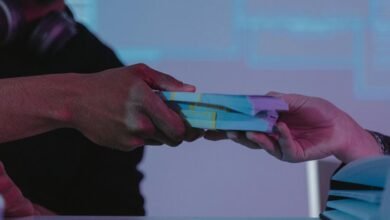Suspicious Caller Hotline Oversight & Risk Office 3501241691 3311675782 3533364070 3509446880 3512709353 3512815782

The issue of phone scams poses significant risks to individuals and communities alike. The Suspicious Caller Hotline Oversight & Risk Office is tasked with managing hotline operations to combat this threat. By encouraging the reporting of specific suspicious numbers, such as 3501241691 and 3311675782, the office aims to enhance community security. However, understanding how these scams operate and the office’s role in addressing them is crucial. What measures can individuals take to safeguard themselves further?
Understanding Phone Scams and Their Impact
How do phone scams manage to deceive millions annually? By exploiting scam psychology, fraudsters employ caller tactics designed to evoke fear or urgency.
These manipulative strategies create a sense of obligation, compelling victims to act against their better judgment. As a result, individuals often relinquish personal information or funds, highlighting the profound impact of these deceptive schemes on society and personal freedom.
The Role of the Suspicious Caller Hotline Oversight & Risk Office
While the proliferation of phone scams poses a significant threat to individuals and communities alike, the Suspicious Caller Hotline Oversight & Risk Office plays a crucial role in mitigating these risks.
Reporting Suspicious Calls: How to Use the Hotline
A growing number of individuals are discovering the importance of reporting suspicious calls through the hotline, which serves as a vital tool in the fight against phone scams.
Understanding hotline procedures is essential for effective reporting. Users should provide detailed caller identification, including phone numbers and any relevant information.
This proactive approach enhances collective security, empowering individuals to contribute to a safer communication environment.
Tips for Protecting Yourself From Scams
As individuals navigate an increasingly complex landscape of communication, implementing effective strategies to protect themselves from scams becomes paramount.
Prioritizing scam prevention involves utilizing caller identification features to screen unknown numbers. Additionally, individuals should remain skeptical of unsolicited communications, verify caller identity, and never share personal information without confirmation.
These proactive measures empower individuals to maintain their security and autonomy in a digital world rife with deception.
Conclusion
In the intricate web of communication, the Suspicious Caller Hotline Oversight & Risk Office serves as a vigilant sentinel, safeguarding individuals from the insidious threat of phone scams. By encouraging proactive reporting and fostering community awareness, it illuminates the shadows where deceit lurks. As citizens arm themselves with knowledge and vigilance, they weave a protective tapestry, fortifying their defenses against fraud. Ultimately, collective awareness becomes the strongest armor in the ongoing battle against evolving scam tactics.





